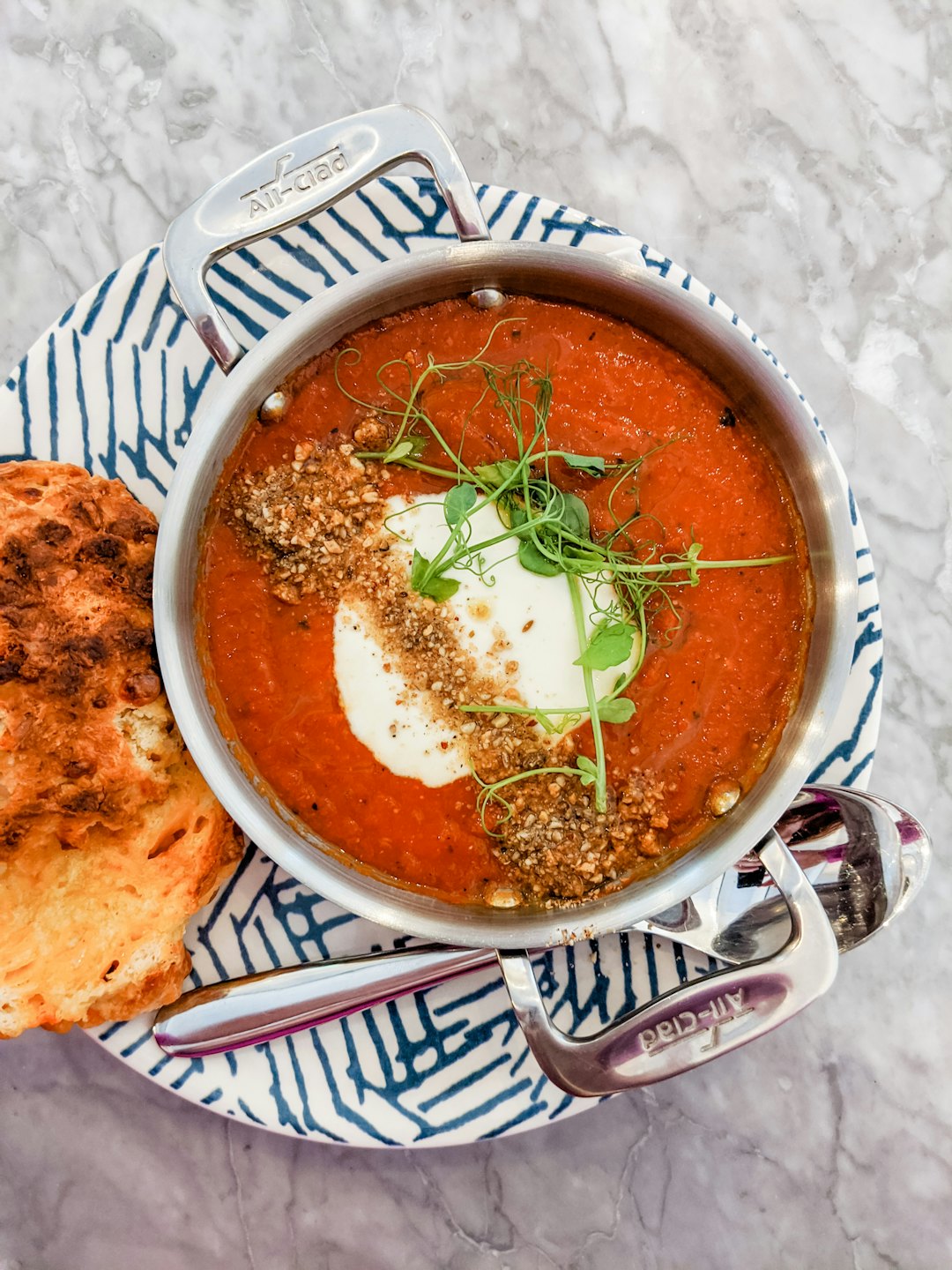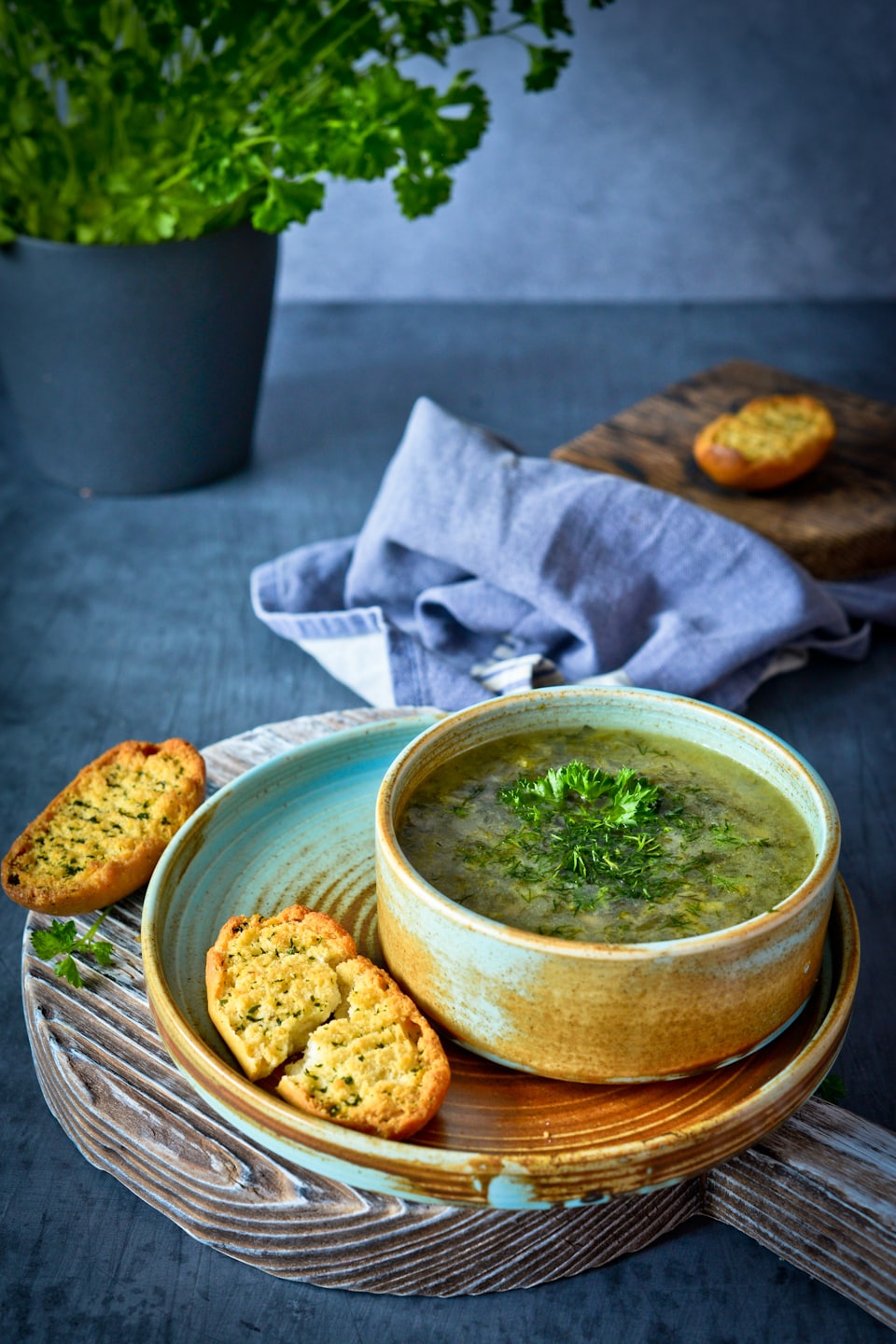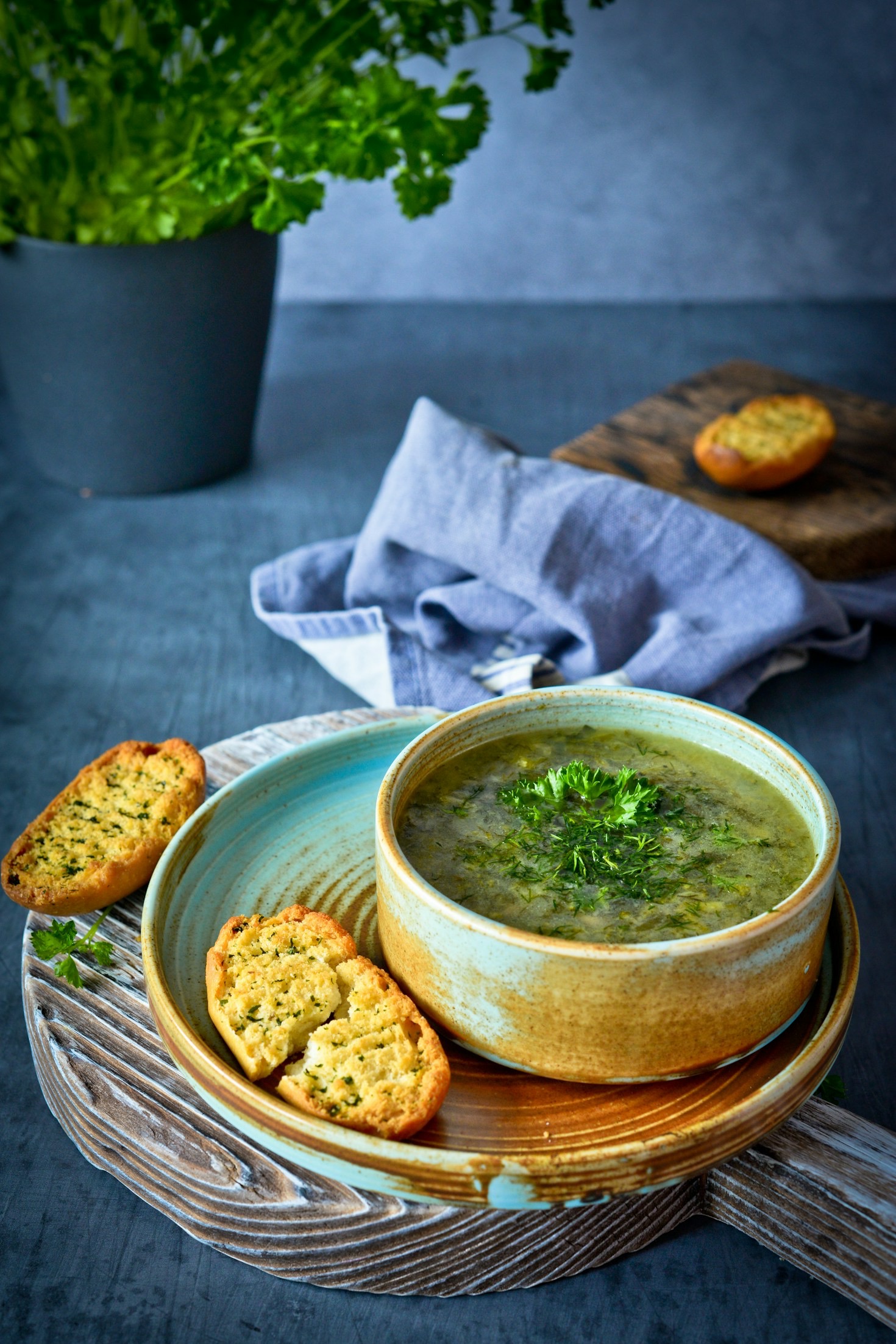Soup might be one of the most versatile meals on the planet. From spicy to savory, creamy to brothy, soups have the power to please every palate, all in one bowl. The secret? Balancing flavor profiles, using fresh ingredients, and knowing how to build layers of taste that surprise and comfort.
1. Start with a Flavor Foundation
The base of any soup sets the tone. Start with sautéed aromatics like onions, garlic, ginger, or shallots in olive oil or butter for a rich and savory depth. Add spices early—cumin, paprika, curry powder, or chili flakes—to release their flavor into the fat before the liquid goes in. A good broth—chicken, vegetable, beef, or even miso—should complement, not overpower, the star ingredients.
2. Layer Texture and Taste
A satisfying soup plays with contrast. Add soft and tender elements (like beans or noodles), something crunchy (toasted seeds or croutons), and maybe a creamy swirl (coconut milk or sour cream). Sweet potatoes or corn can add a natural sweetness, while vinegar, lemon juice, or a splash of soy sauce provides acidity and umami to cut through richer flavors.
3. Customize for Cravings
Soups are incredibly easy to personalize, whether you’re cooking for a spice-lover, a veggie devotee, or a meat-and-potatoes purist. Add roasted chilies for heat, kale or spinach for greens, or shredded chicken or sausage for protein. A vegetarian base can easily become a meat-lover’s dream with one simple addition—and vice versa.
4. Garnish Is Everything
Never underestimate the power of a topping. A spoonful of pesto, a sprinkle of fresh herbs, chili oil, a squeeze of lime, or crunchy garlic chips can turn a good soup into a great one. These little details make each bite feel fresh and intentional.
In the end, the best soups are the ones that evolve with you. They’re forgiving, flexible, and endlessly creative. Once you learn to balance flavor, texture, and tone, you can create soups that don’t just fill you up—they satisfy every tastebud.







